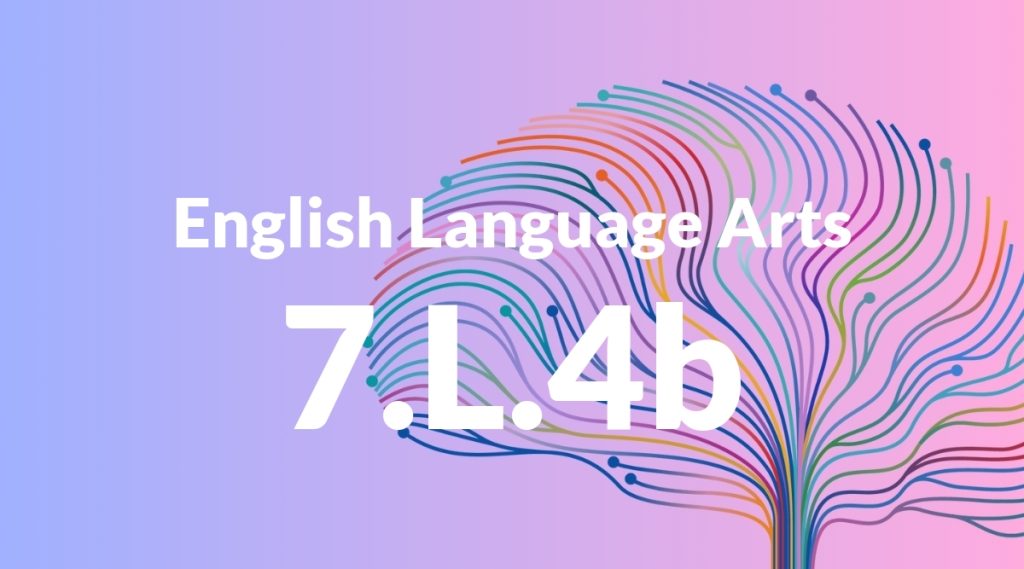Standard: 7.L.4b – Use common, grade-appropriate Greek or Latin affixes and roots as clues to the meaning of a word (e.g., belligerent, bellicose, rebel).
Grade level: Grade 7
Subject: English Language Arts
Domain: Language
Teacher Overview
This standard focuses on teaching students to use Greek and Latin roots and affixes to understand the meaning of new words. This skill is crucial as it helps students expand their vocabulary and improve their comprehension of complex texts, which is essential for academic success in higher grades. Students should already know what affixes and roots are and have some familiarity with basic Greek and Latin roots. They should also be able to identify prefixes and suffixes in words.
Mastering this standard will enable students to decode complex vocabulary and enhance their reading and writing skills, preparing them for more advanced academic challenges.
Common Misconception 1
A common misconception is that all words with the same root have the same meaning. This is incorrect because the meaning of a word can be influenced by its context and other morphological elements.
Intervention 1
To address this misconception, provide students with various examples of words that share the same root but have different meanings based on their prefixes, suffixes, and usage in sentences.
Common Misconception 2
Another misconception is that knowing a root is sufficient to understand a word’s meaning. However, the meaning of a word can be nuanced and influenced by its context and other components.
Intervention 2
Encourage students to use roots as clues and to always consider the word in its entirety and its context to gain a full understanding.
Prerequisite Knowledge
Students should have a basic understanding of what affixes and roots are, including the difference between prefixes, suffixes, and root words. They should also have some experience with basic Greek and Latin roots and their meanings.
Subsequent Knowledge
After mastering this standard, students will be able to decode more complex vocabulary, enhance their reading comprehension, and use advanced vocabulary in their writing. This will prepare them for higher-level texts and academic writing.
Instructional Activities
- Root Word Matching Game
- Prefix and Suffix Bingo
- Context Clue Sentence Construction
- Interactive Vocabulary Journals
- Root Word Scavenger Hunt




